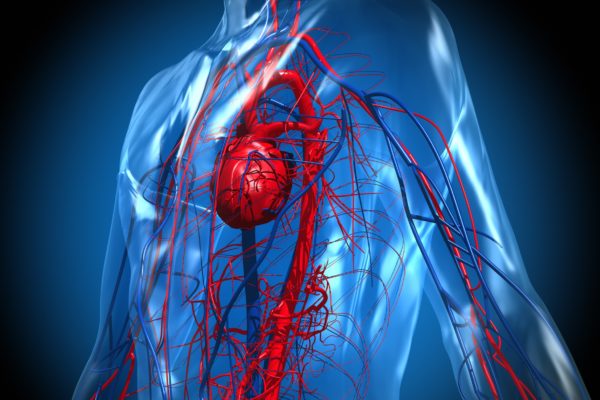
There is no Belgian patient organization for people with squamous cell carcinoma. However, there are several patient organizations that deal with all types of cancer. Find them on the website of allesoverkanker.be (Dutch)
Squamous-cell skin cancer, also known as cutaneous squamous-cell carcinoma (cSCC), is one of the most common types of skin cancer along with basal cell cancer and melanoma. It usually presents as a hard lump with a scaly top but can also form an ulcer. The onset of symptoms is usually over weeks to months. Squamous-cell skin cancer is more malignant than basal cell cancer, meaning it is more likely to spread to other areas of the body. It makes up 15% of all skin cancer diagnoses, and is the most common skin cancer after melanoma.
Squamous-cell skin cancer develops in the keratinocyte cells of the epidermis and usually occurs in skin areas that are frequently exposed to sunlight, such as the face, arms and legs.
In Belgium, around 6500 people are diagnosed with squamous-cell skin cancer every year. The number of people being diagnosed is rising steadily every year. Men seem to be more affected than women, and the majority of patients are over 75 years of age. Compared to melanoma, the outlook of squamous-cell skin cancer is more positive. Around 91% of tumours are diagnosed at stage one and have a five-year survival rate of 98%.
At the onset, a squamous-cell skin carcinoma can appear as a white or pale discolouration on the skin. It grows slowly and can become painful. As it grows, the lesion can develop into an ulcer with a hyperkeratotic, scaly crust . Eventually the tumour develops into a sore that can bleed.
Certain factors raise the risk of contracting squamous-cell skin cancer:
Certain skin conditions can lead to squamous-cell skin cancer when left untreated. People with actinic keratosis have small, rough-feeling spots on skin secondary to chronic UV exposure. Bowen’s disease is also a precursor to skin cancer: people with this condition have red lesions on the skin which do not heal. Both conditions can develop into squamous-cell skin cancer if left untreated.
When a GP suspects a patient may have squamous-cell skin cancer, they will refer that patient to a dermatologist who will conduct further tests, such as a biopsy. Squamous-cell skin cancer does have the ability to spread, although this is not very common. Additional investigations, including ultrasound, MRI, CT or PET-CT scanning can be used to determine if the disease has spread.
These investigations also play a part in determining the cancer staging and subsequently in determining treatment options. The TNM (tumour, node, metastasis) classification system is commonly used to describe the progression of the disease. In squamous-cell skin cancer there are five stages.
In addition, specialists can also distinguish between high-risk and low-risk tumours. High-risk cancers are either found on the face, larger than 2 centimetres across and are fast-growing or recurring.
The histology of the tumour is an important factor in establishing a prognosis and treatment plan. This can be determined on the basis of a biopsy. A biopsy involves the removal of a small section of tissue that can be examined under a microscope. Histology determines the type and degree of mutation in the cancerous cells.
When a diagnosis has been decided upon, a treatment plan will be drawn up by a team of specialists. In case of squamous-cell skin cancer this usually involves surgical removal of the primary tumour, radiotherapy and chemotherapy. Chemotherapy is usually reserved for patients who have metastatic disease. Targeted therapy with EGFR inhibitors is also an option. Research into this therapeutic area is currently ongoing.
Radiotherapy is usually advised for tumours in stage II, but in some cases surgery is preferred over radiotherapy. Treatments like cryosurgery (freezing) and curettage (burning) of the tumour are alternative treatments, but are only used in early-stage disease where there is low risk. Additional treatment may be recommended in combination because of the chance of tumorous cells being left behind.






